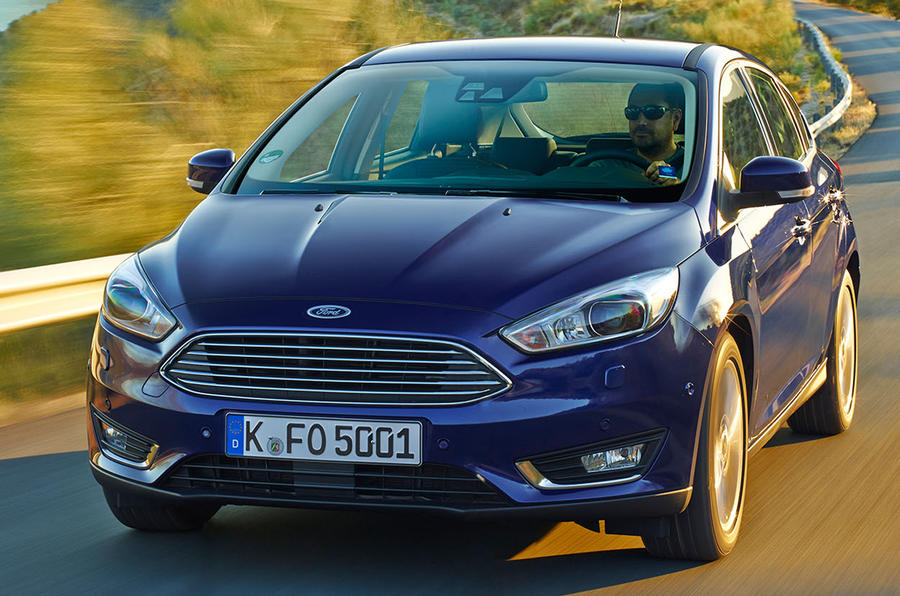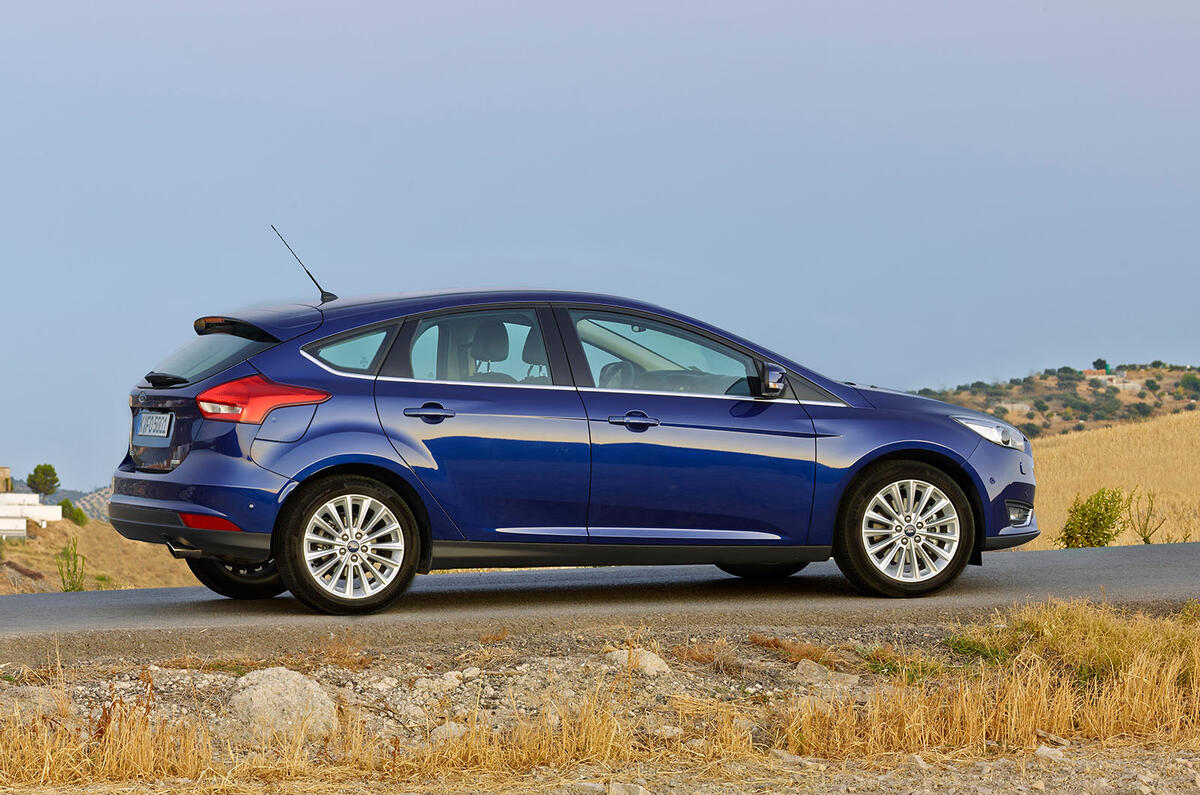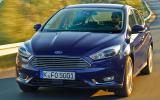What is it?
The latest incarnation of Ford’s family hatchback, the Ford Focus. Since it was first introduced in 1997, bringing with it a new age of Ford dynamic excellence, there hasn’t been much wrong with the way the Focus has driven.
But, in this mid-life facelift, prompted by the car’s three year age and necessitated by the bruising competence of the Volkswagen Golf, the Focus’s dynamics have been tweaked anyway. We’ll come back to those.
More notable, though, are a raft of interior amendments, including more storage cubbies, softer-touch plastics with tasteful chrome-effect highlights and a cleaner, easier-to-operate set of centre console workings.
Also different are the powertrains; the 1.6-litre turbo, in either petrol or diesel flavour, has become a 1.5-litre turbo. Our test car’s an EcoBoost 150 petrol with 148bhp, but there’s also a 180bhp variant. The 1.0-litre three-cylinder, with 124bhp, stays.
The downsized diesels can be had with either 94bhp or 119bhp, giving a 10 per cent improvement in economy over the ones they replace. The 2.0-litre TDCi , also with 148bhp, now makes 10bhp more while emitting 15 per cent less.












































Add your comment
Fuel filler cap
People enjoy complaining
This is a definite improvement over the earlier version, especially on the looks side. It looks far better than a Golf MkVII.
Whoever sees ugly must be looking at the mirror. Period.
In terms of the interior, the earlier version's material quality was not that bad, just the extremely poor ergonomics. This is a welcome change.
As for the Golf, it is highly overrated. It has as many hard plastics as the Focus (I have done a physical comparison). It just has more chromed inserts, making it look more premium (perceptive, not real).
Put emotions aside and judge based on facts.
Boot space is a definite flaw on the Focus.
As honest as it can get.
From a Golf 7 GTI owner.
Lack of Focus
The focus is car thats great when first delivered by a hire company, but wow you cant wait to rid after its term is up. Never wear well at all. Golf is no angel, but in this class it always has kicked the rear of the focus.